Dill Herb Kitchen Gardening: Unlock the secrets to growing this fragrant herb right in your own kitchen! Have you ever dreamt of snipping fresh dill straight from your windowsill to add a burst of flavor to your favorite dishes? I know I have! This DIY guide will transform your kitchen into a mini herb garden, brimming with the feathery foliage of dill.
Dill has a rich history, dating back to ancient Egypt and Rome, where it was valued for both its culinary and medicinal properties. The Romans even believed it brought good fortune! Today, dill remains a staple in cuisines worldwide, adding a distinctive tang to everything from pickles and salads to creamy sauces and seafood. But let’s face it, buying fresh dill from the grocery store can be expensive, and it often wilts before you even get a chance to use it all.
That’s where this DIY guide comes in. I’m going to show you simple, effective tricks and hacks to successfully cultivate dill herb kitchen gardening. Imagine the convenience of having fresh dill at your fingertips whenever you need it. Not only will you save money, but you’ll also enjoy the satisfaction of growing your own food and adding a touch of green to your indoor space. Plus, it’s a fantastic way to reduce your carbon footprint by relying less on store-bought produce. So, let’s get started and turn your kitchen into a thriving herb haven!
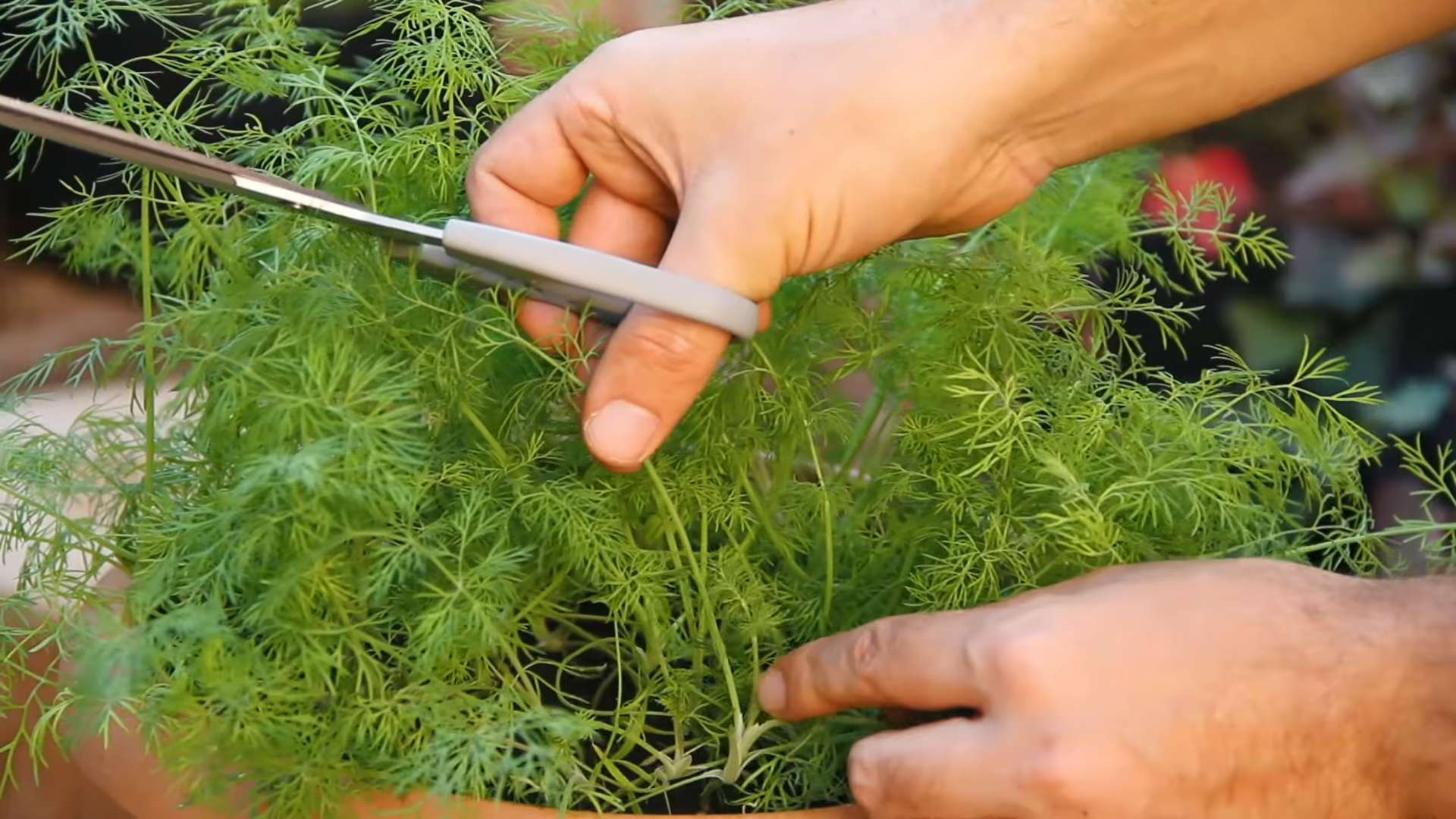
Growing Dill Indoors: A Beginner’s Guide to Fresh Herbs Year-Round
Hey there, fellow herb enthusiasts! Ever dreamed of having fresh dill readily available for your favorite recipes, even when the snow is falling outside? Well, you’re in the right place! I’m going to walk you through the process of growing dill indoors, step-by-step. It’s easier than you might think, and the reward of snipping fresh dill whenever you need it is totally worth it.
Choosing the Right Dill Variety
Not all dill is created equal, especially when it comes to indoor growing. Some varieties are simply better suited to container life than others.
* ‘Dukat’ Dill: This is a compact variety that’s perfect for pots. It’s known for its strong flavor and abundant foliage.
* ‘Fernleaf’ Dill: Another great choice for containers, ‘Fernleaf’ is a dwarf variety that stays relatively small and bushy.
* ‘Bouquet’ Dill: While it can grow a bit taller, ‘Bouquet’ dill is still manageable indoors and offers a good yield of flavorful leaves.
I personally prefer ‘Dukat’ because it’s so compact and productive, but feel free to experiment and see which variety works best for you!
Materials You’ll Need
Before we dive into the planting process, let’s gather everything you’ll need. Trust me, having everything on hand will make the whole experience much smoother.
* Dill Seeds: Choose a variety suitable for indoor growing, as mentioned above.
* Potting Mix: Use a high-quality, well-draining potting mix. Avoid using garden soil, as it can compact and not drain well in containers. I recommend a mix specifically formulated for herbs or vegetables.
* Container: Select a pot that’s at least 6 inches in diameter and 6 inches deep. Dill needs room for its roots to grow. Make sure the pot has drainage holes!
* Grow Lights (Optional but Recommended): Dill needs plenty of light, especially indoors. If you don’t have a sunny windowsill, grow lights are a must.
* Watering Can or Spray Bottle: For gentle watering.
* Small Shovel or Trowel: For planting the seeds.
* Seed Starting Tray (Optional): If you prefer to start your seeds indoors before transplanting.
Planting Your Dill Seeds
Now for the fun part – planting those dill seeds! I like to start my seeds directly in the pot I plan to grow them in, but you can also start them in a seed starting tray if you prefer.
1. Prepare the Pot: Fill your chosen container with the potting mix, leaving about an inch of space at the top. Gently pat down the soil to remove any large air pockets.
2. Sow the Seeds: Sprinkle the dill seeds evenly over the surface of the soil. Dill seeds are quite small, so don’t worry about spacing them perfectly.
3. Cover the Seeds: Lightly cover the seeds with a thin layer of potting mix, about 1/4 inch deep.
4. Water Gently: Use a watering can or spray bottle to gently moisten the soil. Be careful not to overwater, as this can cause the seeds to rot.
5. Provide Light: Place the pot in a sunny windowsill that receives at least 6 hours of direct sunlight per day. If you don’t have enough natural light, use grow lights. Position the grow lights a few inches above the soil surface.
6. Maintain Moisture: Keep the soil consistently moist, but not soggy. Check the soil moisture daily and water when the top inch feels dry to the touch.
Germination and Early Growth
Patience is key! Dill seeds typically germinate within 7-14 days. Once your seedlings emerge, it’s important to provide them with the right conditions to thrive.
1. Thinning (If Necessary): If you have too many seedlings growing close together, thin them out by snipping off the weaker ones at the soil line. This will give the remaining seedlings more room to grow. Aim for a spacing of about 2-3 inches between plants.
2. Light: Continue to provide plenty of light, either from a sunny windowsill or grow lights. Insufficient light can lead to leggy, weak growth.
3. Watering: Water regularly, allowing the top inch of soil to dry out between waterings. Avoid overwatering, as this can lead to root rot.
4. Fertilizing (Optional): If you want to give your dill a boost, you can fertilize it with a diluted liquid fertilizer every 2-3 weeks. Choose a fertilizer that’s specifically formulated for herbs or vegetables. I usually use a balanced fertilizer diluted to half strength.
Caring for Your Dill Plant
Once your dill plant is established, it’s relatively low-maintenance. However, there are a few things you can do to keep it healthy and productive.
1. Pinching: Pinch off the top growth of your dill plant to encourage it to branch out and produce more foliage. This will also delay flowering, which can reduce the flavor of the leaves.
2. Watering: Continue to water regularly, allowing the top inch of soil to dry out between waterings.
3. Light: Ensure your dill plant receives plenty of light. If you’re using grow lights, adjust their height as the plant grows.
4. Temperature: Dill prefers temperatures between 60-70°F (15-21°C). Avoid placing your plant near drafts or sources of extreme heat.
5. Pest Control: Keep an eye out for pests such as aphids or spider mites. If you notice any pests, you can try spraying your plant with insecticidal soap or neem oil. I prefer to use organic pest control methods whenever possible.
Harvesting Your Dill
The best part – harvesting your fresh dill! You can start harvesting dill leaves as soon as the plant is about 6-8 inches tall.
1. Harvesting Leaves: Snip off the leaves with scissors or your fingers. Start by harvesting the outer leaves first, as this will encourage the plant to produce more new growth.
2. Harvesting Seeds (Optional): If you want to harvest dill seeds, allow the plant to flower and the seed heads to dry out. Once the seed heads are dry, you can collect the seeds and store them in an airtight container.
3. Regular Harvesting: Regular harvesting will encourage your dill plant to produce more foliage and prevent it from going to seed too quickly.
Troubleshooting Common Problems
Even with the best care, you might encounter a few problems along the way. Here are some common issues and how to address them:
* Leggy Growth: This is usually caused by insufficient light. Move your plant to a sunnier location or use grow lights.
* Yellowing Leaves: This could be a sign of overwatering or nutrient deficiency. Check the soil moisture and adjust your watering accordingly. You can also try fertilizing your plant with a diluted liquid fertilizer.
* Pests: As mentioned earlier, keep an eye out for pests and treat them promptly with insecticidal soap or neem oil.
* Bolting (Flowering): Dill tends to bolt (flower) when it’s stressed by heat or lack of water. Pinch off the flower buds to delay bolting and keep the plant producing flavorful leaves.
Extending the Life of Your Dill Plant
Dill is an annual herb, which means it typically completes its life cycle in one growing season. However, you can extend the life of your dill plant by following these tips:
* Pinch off flower buds: As mentioned earlier, pinching off flower buds will delay bolting and keep the plant producing leaves for longer.
* Provide consistent care: Consistent watering, light, and fertilization will help your dill plant stay healthy and productive.
* Succession planting: To ensure a continuous supply of fresh dill, sow new seeds every few weeks. This way, you’ll always have a young, productive plant ready to harvest.
Enjoying Your Homegrown Dill
Now that you’ve successfully grown your own dill indoors, it’s time to enjoy the fruits (or rather, leaves!) of your labor. Here are some ideas for using your fresh dill:
* Add it to dips and sauces: Dill is a classic addition to dips like tzatziki and sauces like dill cream sauce.
* Sprinkle it on salads: Fresh dill adds a bright, refreshing flavor to salads.
* Use it to season fish and seafood: Dill pairs perfectly with fish and seafood, especially salmon and shrimp.
* Add it to soups and stews: Dill adds a subtle, herbaceous flavor to soups and stews.
* Make dill pickles: Use your fresh dill to make homemade dill pickles.
Growing dill indoors is a rewarding experience that allows you to enjoy fresh herbs year-round. With a little bit of care and attention, you can
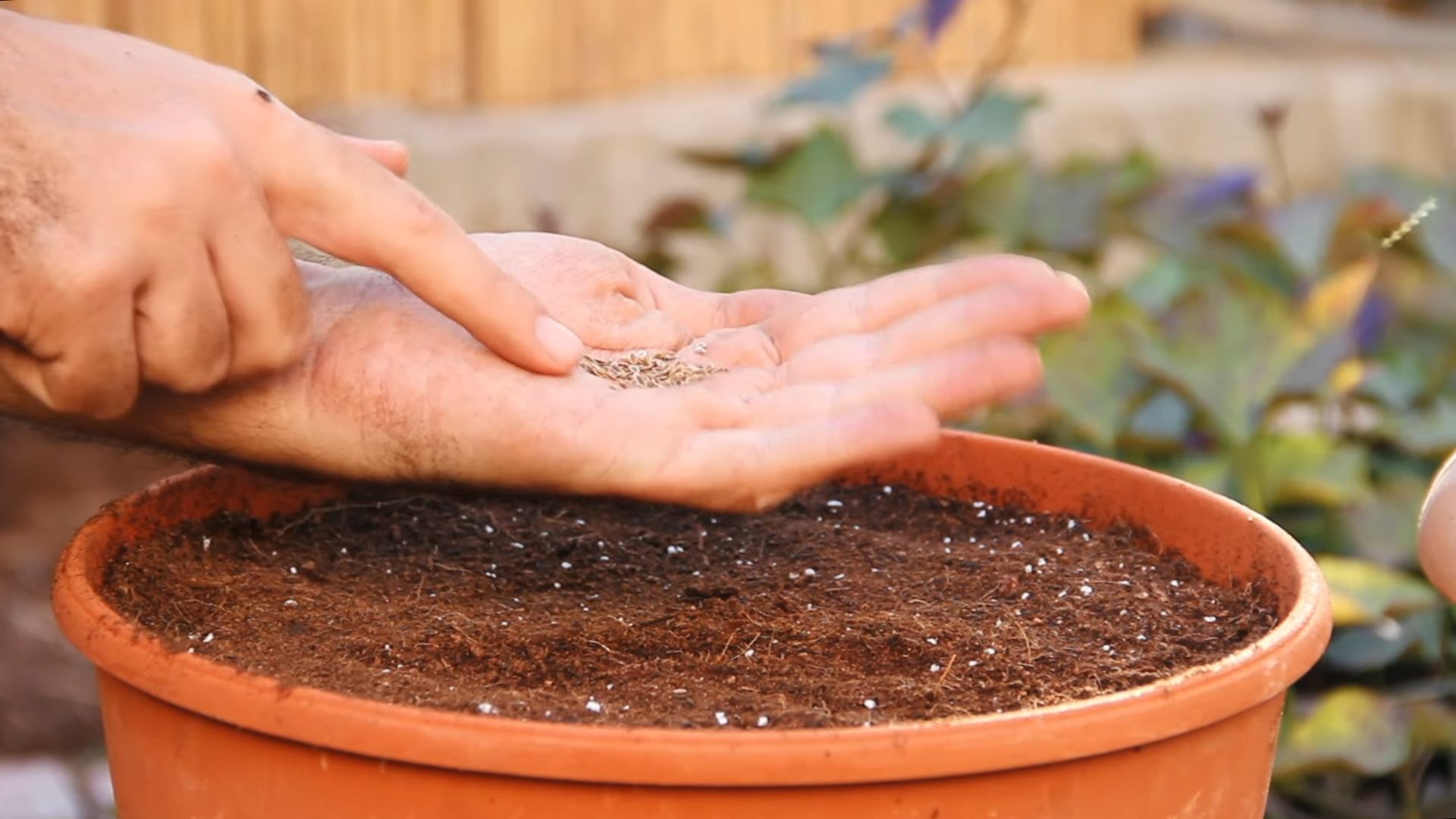
Conclusion
So, there you have it! Mastering the art of growing your own dill herb isn’t just a fun project; it’s a gateway to fresher, more flavorful meals and a deeper connection with the food you consume. We’ve walked through the simple steps, debunked common myths, and armed you with the knowledge to cultivate a thriving dill patch right in your kitchen.
Why is this DIY trick a must-try? Because store-bought dill, while convenient, simply can’t compare to the vibrant aroma and intense flavor of freshly harvested dill. Imagine snipping a few sprigs of your own homegrown dill to sprinkle over a creamy potato salad, infuse a delicate salmon dish, or add a zesty kick to your favorite pickles. The possibilities are endless! Plus, you’ll be reducing your reliance on pre-packaged herbs, minimizing food waste, and enjoying the satisfaction of nurturing something from seed to table.
But the fun doesn’t stop there! Feel free to experiment with different varieties of dill. ‘Bouquet’ dill is a popular choice for its abundant foliage, while ‘Long Island Mammoth’ boasts impressive size and robust flavor. You can also try growing dill in different containers, from small pots on your windowsill to larger planters on your balcony. Consider companion planting your dill with vegetables like cucumbers, tomatoes, and lettuce, as it can help deter pests and improve their growth. Another variation is to explore different methods of preserving your dill harvest. Drying, freezing, or even making dill-infused vinegar are all excellent ways to extend the shelf life of your homegrown herb and enjoy its flavor year-round.
We’ve shown you how easy it is to achieve success with **dill herb kitchen gardening**. Now, it’s your turn to get your hands dirty and experience the joy of growing your own fresh herbs. Don’t be intimidated if you’re a beginner; dill is a relatively low-maintenance herb that’s forgiving and rewarding.
We wholeheartedly encourage you to give this DIY trick a try. Start small, be patient, and don’t be afraid to experiment. And most importantly, share your experience with us! We’d love to hear about your successes, challenges, and creative ways you’re using your homegrown dill. Share your photos and stories in the comments below, or tag us on social media. Let’s build a community of passionate home gardeners and celebrate the deliciousness of fresh, homegrown dill! Happy gardening!
Frequently Asked Questions (FAQ)
1. What is the best time of year to plant dill?
Dill is an annual herb, meaning it completes its life cycle in one growing season. The best time to plant dill is in the spring, after the last frost. You can also plant dill in the late summer or early fall for a fall harvest, especially in warmer climates. For indoor growing, you can start dill seeds any time of year, provided you have adequate light.
2. What kind of soil does dill need?
Dill prefers well-drained soil that is rich in organic matter. A slightly acidic to neutral pH (6.0 to 7.0) is ideal. You can amend your soil with compost or other organic materials to improve its drainage and fertility. If you’re growing dill in containers, use a high-quality potting mix that is specifically formulated for herbs or vegetables.
3. How much sunlight does dill need?
Dill needs at least 6 hours of sunlight per day to thrive. If you’re growing dill indoors, place it near a sunny window or use a grow light to supplement natural light. Insufficient sunlight can result in leggy, weak plants with poor flavor.
4. How often should I water dill?
Water dill regularly, especially during hot, dry weather. Keep the soil consistently moist, but avoid overwatering, which can lead to root rot. Check the soil moisture by sticking your finger into the soil; if the top inch feels dry, it’s time to water. When watering, water deeply, allowing the water to soak into the soil.
5. How do I harvest dill?
You can start harvesting dill leaves as soon as the plants are a few inches tall. Simply snip off the leaves with scissors or your fingers. For the best flavor, harvest dill leaves in the morning, after the dew has dried. You can also harvest dill seeds once the seed heads have turned brown and dry. Cut the entire seed head off the plant and hang it upside down in a paper bag to dry. Once the seeds are dry, you can easily remove them from the seed head.
6. How do I prevent dill from bolting (going to seed)?
Bolting is a natural process that occurs when dill plants are exposed to hot weather or stress. To prevent bolting, keep the soil consistently moist, provide afternoon shade during the hottest part of the day, and harvest dill leaves regularly. You can also choose bolt-resistant varieties of dill.
7. What are some common pests and diseases that affect dill?
Dill is generally a pest-resistant herb, but it can be susceptible to aphids, spider mites, and carrot flies. You can control these pests with insecticidal soap or neem oil. Dill can also be affected by fungal diseases such as powdery mildew and leaf spot. To prevent these diseases, provide good air circulation, avoid overwatering, and remove any infected leaves.
8. Can I grow dill indoors?
Yes, you can successfully grow dill indoors, provided you have adequate light and well-drained soil. Choose a pot that is at least 6 inches in diameter and fill it with a high-quality potting mix. Place the pot near a sunny window or use a grow light to supplement natural light. Water regularly and fertilize
So, there you have it! Mastering the art of growing your own dill herb isn’t just a fun project; it’s a gateway to fresher, more flavorful meals and a deeper connection with the food you consume. We’ve walked through the simple steps, debunked common myths, and armed you with the knowledge to cultivate a thriving dill patch right in your kitchen.
Why is this DIY trick a must-try? Because store-bought dill, while convenient, simply can’t compare to the vibrant aroma and intense flavor of freshly harvested dill. Imagine snipping a few sprigs of your own homegrown dill to sprinkle over a creamy potato salad, infuse a delicate salmon dish, or add a zesty kick to your favorite pickles. The possibilities are endless! Plus, you’ll be reducing your reliance on pre-packaged herbs, minimizing food waste, and enjoying the satisfaction of nurturing something from seed to table.
But the fun doesn’t stop there! Feel free to experiment with different varieties of dill. ‘Bouquet’ dill is a popular choice for its abundant foliage, while ‘Long Island Mammoth’ boasts impressive size and robust flavor. You can also try growing dill in different containers, from small pots on your windowsill to larger planters on your balcony. Consider companion planting your dill with vegetables like cucumbers, tomatoes, and lettuce, as it can help deter pests and improve their growth. Another variation is to explore different methods of preserving your dill harvest. Drying, freezing, or even making dill-infused vinegar are all excellent ways to extend the shelf life of your homegrown herb and enjoy its flavor year-round.
We’ve shown you how easy it is to achieve success with **dill herb kitchen gardening**. Now, it’s your turn to get your hands dirty and experience the joy of growing your own fresh herbs. Don’t be intimidated if you’re a beginner; dill is a relatively low-maintenance herb that’s forgiving and rewarding.
We wholeheartedly encourage you to give this DIY trick a try. Start small, be patient, and don’t be afraid to experiment. And most importantly, share your experience with us! We’d love to hear about your successes, challenges, and creative ways you’re using your homegrown dill. Share your photos and stories in the comments below, or tag us on social media. Let’s build a community of passionate home gardeners and celebrate the deliciousness of fresh, homegrown dill! Happy gardening!
Frequently Asked Questions (FAQ)
1. What is the best time of year to plant dill?
Dill is an annual herb, meaning it completes its life cycle in one growing season. The best time to plant dill is in the spring, after the last frost. You can also plant dill in the late summer or early fall for a fall harvest, especially in warmer climates. For indoor growing, you can start dill seeds any time of year, provided you have adequate light.
2. What kind of soil does dill need?
Dill prefers well-drained soil that is rich in organic matter. A slightly acidic to neutral pH (6.0 to 7.0) is ideal. You can amend your soil with compost or other organic materials to improve its drainage and fertility. If you’re growing dill in containers, use a high-quality potting mix that is specifically formulated for herbs or vegetables.
3. How much sunlight does dill need?
Dill needs at least 6 hours of sunlight per day to thrive. If you’re growing dill indoors, place it near a sunny window or use a grow light to supplement natural light. Insufficient sunlight can result in leggy, weak plants with poor flavor.
4. How often should I water dill?
Water dill regularly, especially during hot, dry weather. Keep the soil consistently moist, but avoid overwatering, which can lead to root rot. Check the soil moisture by sticking your finger into the soil; if the top inch feels dry, it’s time to water. When watering, water deeply, allowing the water to soak into the soil.
5. How do I harvest dill?
You can start harvesting dill leaves as soon as the plants are a few inches tall. Simply snip off the leaves with scissors or your fingers. For the best flavor, harvest dill leaves in the morning, after the dew has dried. You can also harvest dill seeds once the seed heads have turned brown and dry. Cut the entire seed head off the plant and hang it upside down in a paper bag to dry. Once the seeds are dry, you can easily remove them from the seed head.
6. How do I prevent dill from bolting (going to seed)?
Bolting is a natural process that occurs when dill plants are exposed to hot weather or stress. To prevent bolting, keep the soil consistently moist, provide afternoon shade during the hottest part of the day, and harvest dill leaves regularly. You can also choose bolt-resistant varieties of dill.
7. What are some common pests and diseases that affect dill?
Dill is generally a pest-resistant herb, but it can be susceptible to aphids, spider mites, and carrot flies. You can control these pests with insecticidal soap or neem oil. Dill can also be affected by fungal diseases such as powdery mildew and leaf spot. To prevent these diseases, provide good air circulation, avoid overwatering, and remove any infected leaves.
8. Can I grow dill indoors?
Yes, you can successfully grow dill indoors, provided you have adequate light and well-drained soil. Choose a pot that is at least 6 inches in diameter and fill it with a high-quality potting mix. Place the pot near a sunny window or use a grow light to supplement natural light. Water regularly and fertilize every few weeks with a balanced fertilizer.
9. How do I store dill?
Fresh dill leaves can be stored in the refrigerator for up to a week. Wrap the dill leaves in a damp paper towel and place them in a plastic bag or container. You can also freeze dill leaves for longer storage. To freeze dill, wash and dry the leaves, then chop them and place them in a freezer bag or container. Dried dill can be stored in an airtight container in a cool, dark place for up to a year.
10. What are some creative ways to use homegrown dill?
The possibilities are endless! Use fresh dill to flavor soups, salads, sauces, dips, and dressings. Add it to egg dishes, potato salads, and seafood dishes. Use dill seeds to flavor pickles, breads, and crackers. You can also make dill-infused vinegar or oil. Experiment and discover your own favorite ways to use this versatile herb.


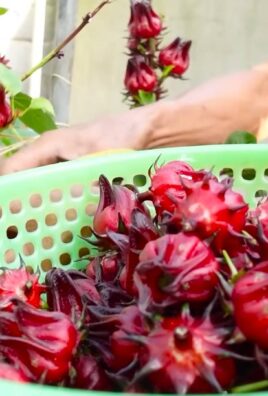
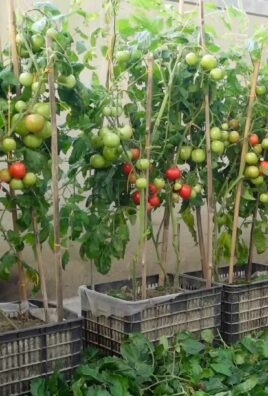
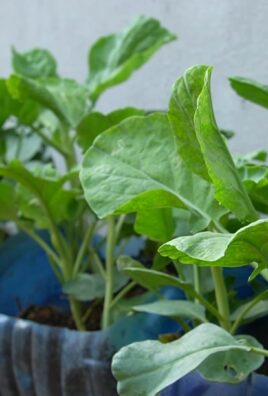
Leave a Comment